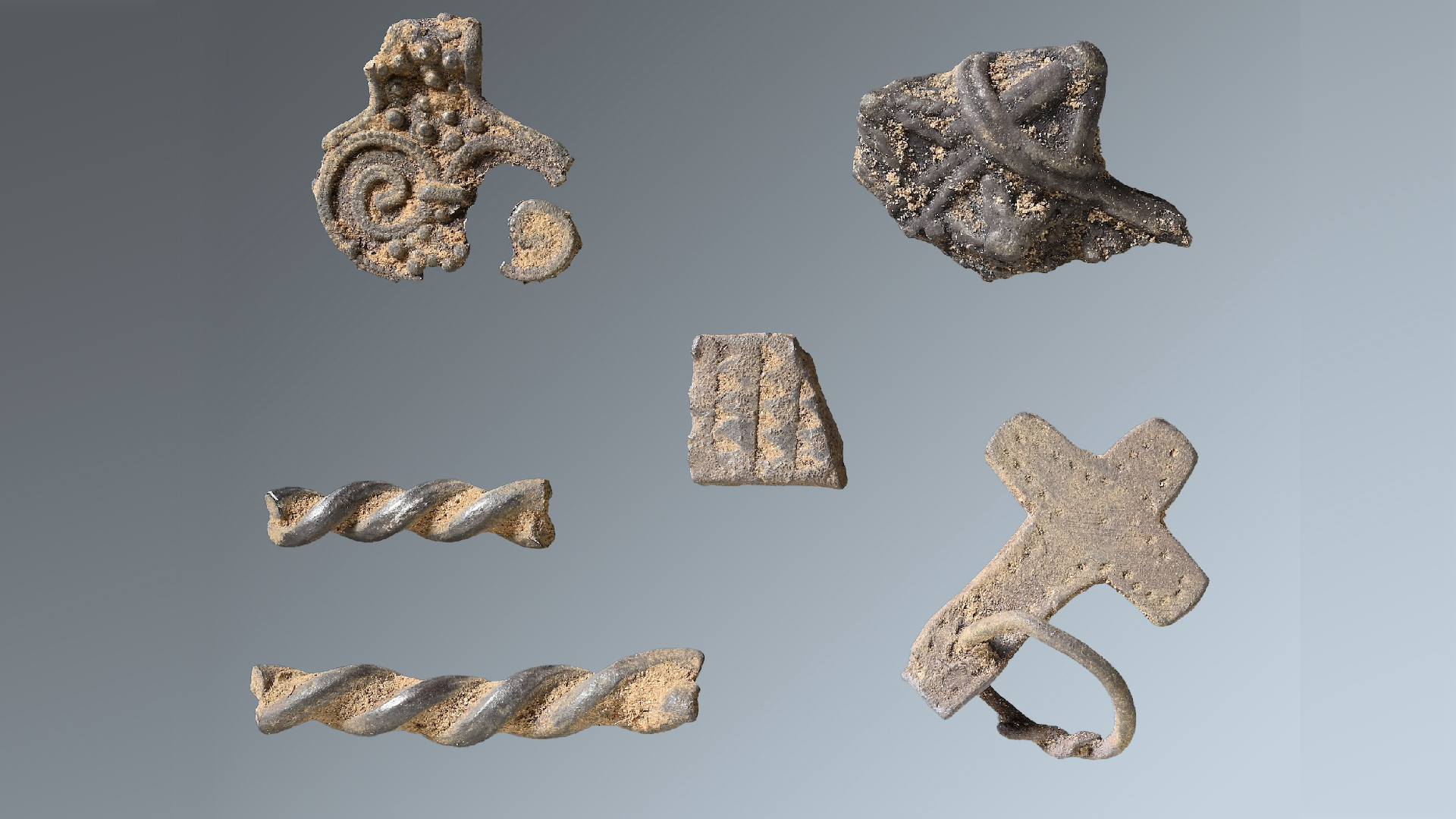More Kids Visiting Hospitals for Ingesting Parents' Meds

The number of children going to hospitals and emergency rooms after accidentally ingesting medication has increased in recent years, a new study says.
Between 2001 and 2008, there was a 36 percent increase in admissions, and a 28 percent increase in emergency department visits for unintentional exposure to medication among children 5 years old or younger, the researchers said. Both of these increases were significantly greater than the rise in the number of kids in this age group (8 percent).
"The problem of pediatric medication poisoning is getting worse, not better," said study researcher Dr. Randall Bond, an emergency medicine physician at Cincinnati Children's Hospital Medical Center.
Prescription medications (as opposed to over-the-counter ones) accounted for most of the emergency room visits (55 percent) and hospital admissions (76 percent). In fact, emergency department visits for ingestion of prescription opioid painkillers, such as oxycodone, increased 101 percent over the time period.
For the most part, the increase was due to more children finding and ingesting medication on their own. Errors in dosing at home were uncommon and increased only minimally, the study said.
"Prevention efforts of parents and caregivers to store medicines in locked cabinets, or up and away from children, continue to be crucial," Bond said. "However, the largest potential benefit would come from packaging design changes that reduce the quantity a child could quickly and easily access in a self-ingestion episode, like flow restrictors on liquids and one-at-a-time tablet dispensing containers," he said.
Bond and colleagues studied patient records from 2001 to 2008 in the National Poison Data system — an electronic database of all calls to Poison Control Centers. A total of 453,559 children were included in the study.
Sign up for the Live Science daily newsletter now
Get the world’s most fascinating discoveries delivered straight to your inbox.
The most likely explanation for these trends is a rise in the number of medications prescribed to adults, and thus available for small children to access in homes, Bond said. A 1998 survey found that half of adults had taken at least one prescription medication in the preceding week, and 7 percent had taken five or more. In 2006, the same surveyors found that 55 percent had taken at least one prescription medication in the preceding week and 11 percent had taken five or more.
The new study is published today (Sept. 16) in the Journal of Pediatrics. Bond will present the study Sept. 20 at a meeting for the Centers for Disease Control and Prevention in Atlanta.
All poison control centers in the United States can be reached by dialing 1-800-222-1222.
Pass it on: More and more children are being admitting to the hospital after accidentally ingesting medication. The rise in emergency department visits for opioid painkillers was particularly sharp.
This story was provided by MyHealthNewsDaily, a sister site to LiveScience. Follow MyHealthNewsDaily on Twitter @MyHealth_MHND. Find us on Facebook.

